The scientific community has been abuzz with recent developments surrounding the enigmatic phenomenon known as Bridge-Locked Gravity within brass clusters. This peculiar behavior, observed under highly specific conditions, challenges conventional understanding of gravitational interactions at microscopic scales. Researchers from the International Institute of Advanced Materials first documented these anomalies during their groundbreaking work on metallic nanostructures in 2021.
What makes brass clusters particularly fascinating is their unexpected gravitational signature when arranged in specific lattice formations. Unlike other metal alloys, certain brass compositions exhibit what physicists now call density defiance - maintaining gravitational cohesion despite theoretical models predicting dispersion. The clusters appear to create microscopic gravitational bridges between particles, effectively "locking" them in place through mechanisms not yet fully understood.
Dr. Eleanor Voss, lead researcher at the Quantum Materials Laboratory in Zurich, describes the phenomenon as "watching tiny celestial bodies form their own orbital systems." Her team's high-resolution imaging captured brass clusters maintaining stable formations that should, by all known physical laws, collapse or disperse. The clusters instead demonstrate coordinated movement patterns resembling planetary orbits, complete with what appears to be gravitational "tugging" between individual particles.
The industrial implications of this discovery are already sparking intense interest. Aerospace engineers speculate about potential applications in inertial dampening systems, while materials scientists envision revolutionary alloys that could maintain structural integrity under extreme gravitational stress. However, commercial applications remain distant as researchers continue to grapple with fundamental questions about the phenomenon's underlying mechanisms.
Controversy has emerged around the theoretical framework attempting to explain bridge-locked gravity. Traditional Newtonian physics fails to account for the observed effects at such small scales, while quantum gravity theories struggle to incorporate the apparent macroscopic behaviors. This has led some physicists to propose entirely new models of gravitational interaction at the mesoscopic scale - the poorly understood frontier between quantum and classical physics.
Experimental replication has proven challenging due to the precise conditions required. The brass clusters must contain exactly 17% zinc content, arranged in a face-centered cubic lattice at temperatures between 113-117 Kelvin. Even slight deviations from these parameters cause the gravitational anomalies to disappear completely. This sensitivity has both frustrated researchers and deepened the mystery surrounding the phenomenon.
Historical context adds another layer of intrigue to the discovery. Ancient metallurgic texts from multiple cultures reference "living metals" with peculiar properties, descriptions that some historians now speculate might represent early observations of similar phenomena. While such connections remain speculative, they've inspired interdisciplinary collaborations between physicists, materials scientists, and historians.
Funding for bridge-locked gravity research has increased dramatically since the publication of initial findings, with both governmental and private institutions recognizing its potential strategic importance. The European Union's Horizon program recently allocated €47 million to establish a dedicated research consortium, while several defense agencies have quietly initiated their own classified investigations into possible applications.
Ethical considerations have begun emerging as the technology's potential becomes clearer. Some scientists warn that manipulating gravitational interactions at will could have unforeseen consequences, drawing parallels to early nuclear research. International discussions are underway regarding appropriate oversight frameworks, though no consensus has yet been reached.
As research continues, one thing has become certain: our understanding of gravity - that most familiar yet mysterious of fundamental forces - remains incomplete. The brass cluster anomalies represent either a fascinating niche phenomenon or the tip of a much larger theoretical iceberg. Either way, the scientific community agrees we're witnessing the birth of an entirely new field of physics.
The coming years will likely see intense activity as laboratories worldwide race to reproduce and expand upon the initial findings. What began as an odd measurement in a materials science lab may well revolutionize our understanding of one of the universe's most fundamental forces. For now, bridge-locked gravity remains an enticing mystery at the frontier of human knowledge - one that promises to keep physicists both baffled and exhilarated for years to come.

By /Aug 8, 2025
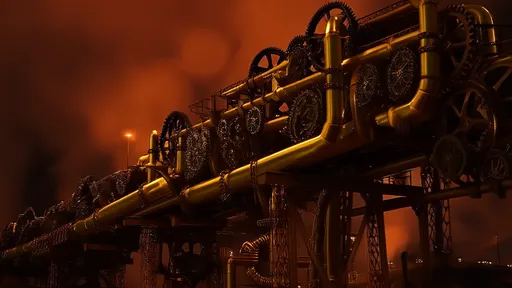
By /Aug 8, 2025

By /Aug 8, 2025

By /Aug 8, 2025
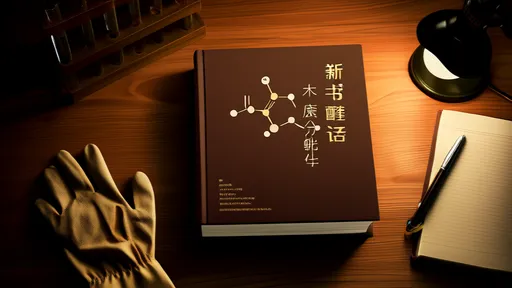
By /Aug 8, 2025
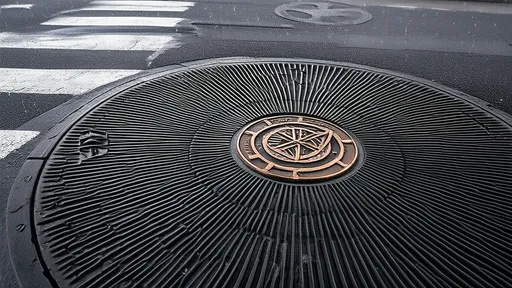
By /Aug 8, 2025

By /Aug 8, 2025

By /Aug 8, 2025

By /Aug 8, 2025

By /Aug 8, 2025

By /Aug 8, 2025
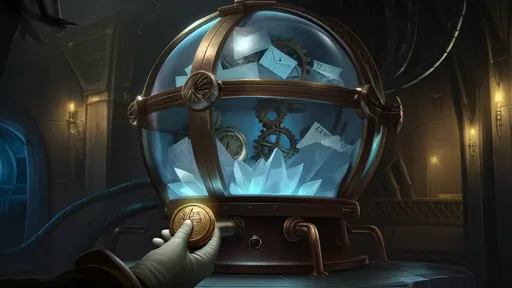
By /Aug 8, 2025

By /Aug 8, 2025
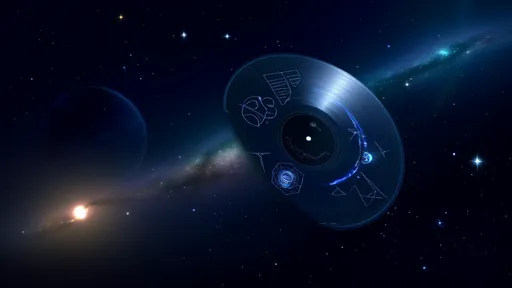
By /Aug 8, 2025

By /Aug 8, 2025

By /Aug 8, 2025
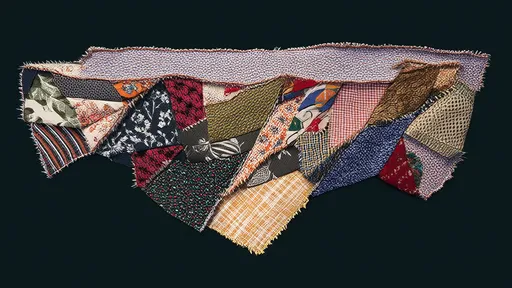
By /Aug 8, 2025

By /Aug 8, 2025

By /Aug 8, 2025

By /Aug 8, 2025